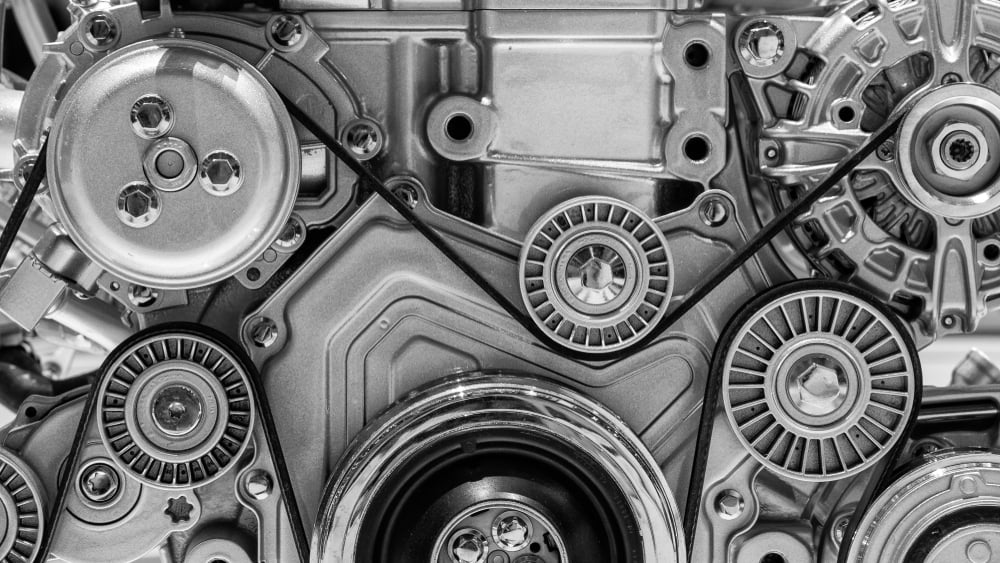- Joined
- Apr 21, 2015
- Messages
- 582
Good point. One could always use a toolpost grinder to grind down the diameter if it is hardened.I recommend checking the hardness of the zone you intend to turn before you get too committed.
Oh ... wait.
Again: I'm definitely out of my depth, so take this with a grain of salt, but:I’m afraid that running even a small 3“ wheel at 8K max RPM directly in the motor’s ER collet will be too slow for the motor to make enough torque
Aren't 220V 3-phase router spindles intended to run end mills and woodworking router bits? My intuition is that running a router bit through even soft stuff like wood would require more torque than spinning a small grinding wheel, especially once it's up to speed and inertia starts to help rather than hinder. It still seems reasonable to me to either use the router spindle you've selected for everything, or to go with a cheaper motor and use the belt-driven spindle for everything. Using one for OD and one for ID seems unnecessarily complicated.
As for wear, I only have my 6" bench grinder to compare from direct experience (my Quorn T&C grinder was completed too recently to have worn any of the wheels significantly). I use my bench grinder a LOT for a hobbyist, dressing the wheels frequently, but have only retired two wheels since I acquired the thing years (decades) ago. Small-diameter toolpost grinder wheels are fairly cheap, too. Unless you expect to use the grinder an awful lot (like for continuous production use) is wear really a significant concern?
In my case, I purchased a handful of wheels and grinder points from Dumore recently. I still haven't finished my grinder build (it's on my ever longer list of partially completed projects) but even if I finish it tomorrow, I don't expect I'll be replacing any of those in my lifetime. I mostly expect to use the toolpost grinder for various morse, jacobs, and other taper tooling that I have vague plans to make. My usage will be occasional and infrequent at best.


